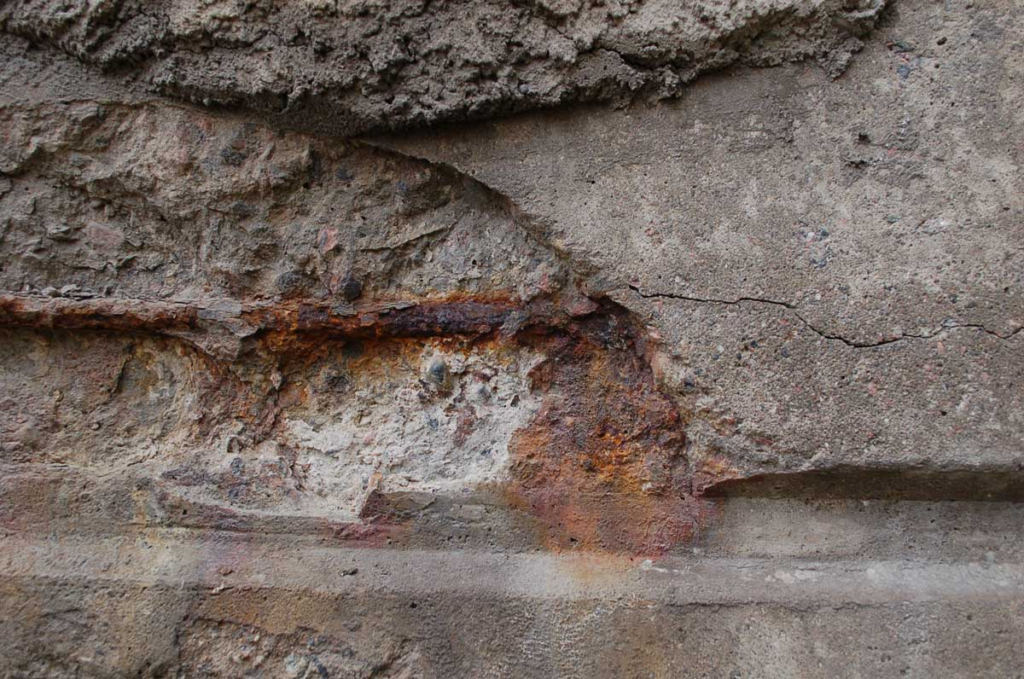Kết cấu Bê tông sử dụng thanh FRP (Fiber reinforced Polymer)
1.The superiority of the technique compared to other techniques
Fiber-reinforced polymer bar material (PCS) with tensile properties many times higher than steel, lighter and non-corrosive, is about to appear in Vietnam to partially replace steel in reinforced concrete structures for the construction industry. brings many great benefits to Vietnam.
PCS material has sustainable properties in salt, acid and other corrosive environments, has higher strength than steel and is easy to shape, so it has been introduced to Vietnam for about 15 years, but mainly in Vietnam. Thin sheets are used to make tanks and canoe shells, but there is no bar material used as load-bearing reinforcement in construction structures.
2. Achieved results & technology advantages and disadvantages:
The development history of PCS bars begins with the application of PCS to the face slabs of automobile bridges in North America as a replacement for steel reinforcement, to limit the damage to steel reinforcement caused by chlorine penetrating into concrete. When people were forced to spread salt on road surfaces to melt snow and ice for vehicles to travel in the 1980s, up to now, more and more applications of PCS have been researched and developed.

Corrosion of steel reinforcement
Preliminary statistics show that over 30 developed countries have researched and used PCS. In the US alone, there are over 3,000 businesses with 250,000 employees working in PCS-related industries. There have been many associations on PCS. Production and application of PCS products were born, the most famous of which is ACMA (American composites manufacturers association).
In China, PCS has been researched and applied to pedestrian bridges since 1982. After nearly thirty years of research, the annual use of PCS has increased rapidly as shown in the statistical table below. with important projects..... Furthermore, China has become a powerhouse in producing glass fiber and PCS manufacturing and production equipment exported to many countries around the world.
For Vietnam, the production and application of PCS will be more favorable than in other countries. Vietnam has a source of high quality white sand, very large in volume, widely distributed in Quang Ninh and the Central provinces. This is an important source of materials accounting for over 70% of the volume to produce PCS. Existing glass factories in Vietnam have been able to produce liquid glass from white sand, limestone, and soda, and can now completely switch to producing glass fiber to supply PCS factories. Thus, investing in the production of white sand into PCS products in Vietnam has many advantages. The technology is quite familiar, easy to master and much less expensive than steel production, starting from exploiting ferrite ore to produce cast iron, then casting billets and rolling into rolled steel...this, in addition to protecting the environment, also has the effect of protecting the environment. Very suitable for the capacity of the current Vietnamese economy. PCS factories do not require high technology, do not need a large area and do not pollute the environment like steel rolling factories.
The introduction of PCS to replace steel for construction projects on the coast, on islands, in salty areas, acidic soils,... or the introduction of PCS into underground parts of houses and bridges sewer is very urgent.
Advantage:
- High amtitude;
- Small specific gravity, up to 9 times lighter than steel reinforcement;
- Durable over time;
- Low thermal conductivity;
- Does not corrode in toxic and aggressive environments
- Does not corrode in acidic environments;
- Does not conduct electricity, is not magnetized, does not obstruct electromagnetic waves,
- Outstanding economic efficiency, reducing costs when replacing steel reinforcement with equivalent composite reinforcement, while also saving transportation and storage costs.
Defect:
- The elastic modulus of composite reinforcement is lower than that of steel;
- Composite reinforcement cannot be bent on site. When it is necessary to bend steel at corners or stirrups, it is recommended to use conventional steel in these locations;
- Poor heat resistance compared to steel, strength loss and deformation at a temperature of 200 degrees.
- Using A.I. Appropriately to Study English Pronunciation and Phonetics
- Phân tích đầu tư theo phương pháp Bottom-up và Top-down
- Sanfoli phát triển chương trình đào tạo nữ lãnh đạo
- Phương pháp điều hành kinh doanh trên toàn cầu của IKEA và vai trò của văn hóa tổ chức
- Specific Applications of AI in Architecture
